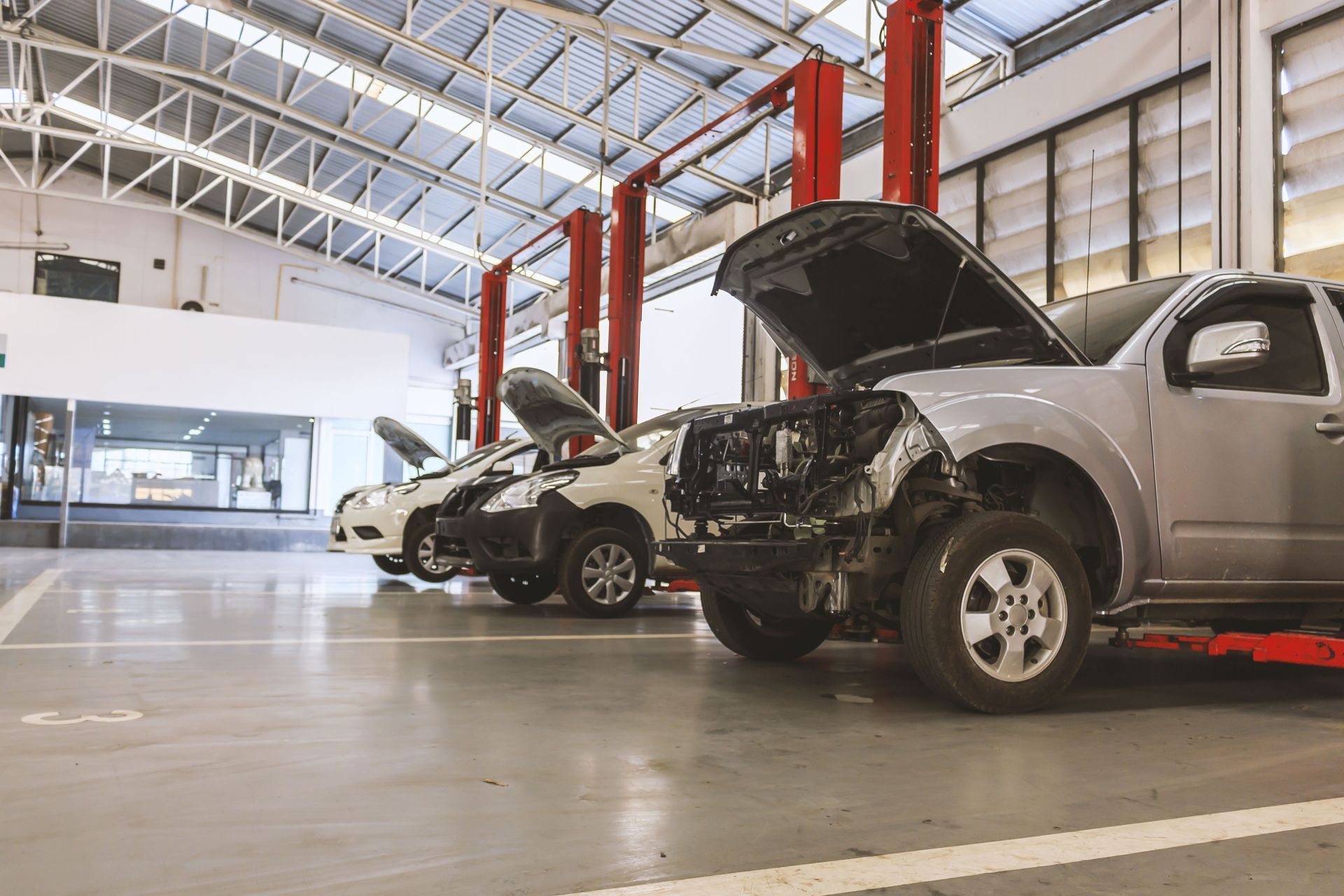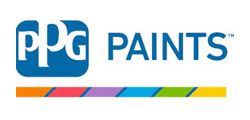August 7, 2025
Visiting an auto body shop can be unfamiliar or stressful, especially after a collision. Knowing what to expect can ease anxiety and streamline the process. Whether you're there for minor touch-ups or major repairs, a little preparation goes a long way in ensuring a smooth experience.
According to Isaacs and Isaacs, the average U.S. driver experiences between three and four car accidents throughout their life. That statistic underscores the importance of knowing how to navigate a visit to an auto body shop. Understanding the process helps you stay informed and in control during vehicle repairs.
Scheduling and Checking In
Many auto body shops prefer that customers schedule appointments, especially for significant repair work. Be ready with your car's make, model, and a description of the issue. This helps the shop prepare and potentially schedule the right technician. Early appointment slots often minimize wait times, and some shops offer rental vehicles or loaners if your car will be out of commission.
When you arrive, you will typically check in at the front desk and provide paperwork like insurance information, driver's license, and vehicle registration. Being organized speeds up the process. Some shops assign a service advisor to act as your main point of contact, providing consistency and clear communication throughout your visit.
Meeting the Technician
The technician will ask questions about your concerns and inspect the vehicle. Don't hesitate to describe noises, vibrations, or changes in performance. The more details you share, the better. A good technician will explain issues clearly and show you areas of concern. This two-way communication builds trust and helps you make informed decisions about the repairs.
During the inspection, the technician may perform diagnostics or take photos of the damage for documentation. This helps with both transparency and insurance claims. The inspection report will guide the repair recommendations and estimates you'll receive.
Reviewing Repair Options
Once the technician finishes the assessment, they will offer different repair strategies. These may range from quick fixes to comprehensive solutions. They'll also discuss the use of OEM versus aftermarket parts. OEM parts are manufacturer-approved and often preferred for quality and compatibility, while aftermarket parts may save money but vary in reliability.
You will receive an estimate that includes parts, labor, and any extra charges. A trustworthy auto body shop will be upfront about pricing and willing to answer questions. Understanding your repair options and the associated costs allows you to decide what's best for your car and your budget.
Explaining the Repair Process
The shop will walk you through the steps of the repair process, usually starting with disassembly, followed by frame repair, painting, and reassembly. High-quality auto body shops will update you on each phase via phone, email, or even an online portal. Some even include photos of your vehicle's progress, reinforcing their commitment to transparency.
Each stage is performed with quality control in mind. Technicians check their work carefully to ensure the repair restores your car to its pre-accident condition. This kind of thoroughness is key to customer satisfaction and vehicle safety.
Choosing Quality Parts
The parts used in the repair affect performance and value. OEM parts are typically more reliable and often required by insurance policies, though they may cost more. A good auto body shop will explain part options, warranties, and insurance coverage to help you make the right decision. Understanding these details helps you weigh cost vs. quality.
Managing the Repair Timeline
Timelines vary depending on the damage, availability of parts, and workload. Be sure to ask for a realistic estimate of how long repairs will take. Good shops will update you if there are delays, which can happen due to unforeseen issues or back-ordered parts.
It's normal to feel anxious about being without your vehicle, but rushing the process can lead to subpar results. Quality repairs take time, and a reputable shop will prioritize doing the job right over getting it done quickly.
Tracking Progress
If you're curious about how your vehicle is doing, ask whether the shop provides progress updates. Some auto body shops offer digital updates or photos so you can see what's happening without visiting in person. These services add peace of mind and reinforce accountability.
Having a communication plan in place also ensures you stay informed in case of delays or unexpected issues. Whether it's a phone call or a portal login, knowing where things stand reduces uncertainty.
Handling Unexpected Delays
Delays can stem from a variety of issues, part shortages, additional hidden damage, or shop workload. The best auto body shops keep customers informed about such setbacks. Proactive updates and clear explanations show the shop values your time and trust.
Some shops may even offer rental car discounts or other assistance if repairs take longer than expected. Discuss these possibilities upfront, so you're not caught off guard if delays occur.
Working with Insurance
Most auto body shops are familiar with the insurance claims process and can help you navigate it. They'll assist with paperwork, document the damage, and communicate directly with your insurer to get approvals. This minimizes stress and speeds up claim processing.
Because the average driver may experience multiple accidents in their lifetime, according to Isaacs and Isaacs, it is important to understand this process. An experienced auto body shop can be your strongest ally in handling claims correctly.
Getting Your Claim Approved
Repairs can't begin until insurance companies approve the estimate. Your auto body shop will often act as a liaison, providing detailed documentation and photos to support the claim. If the insurer disputes the estimate, the shop may negotiate on your behalf, saving you time and frustration.
Staying in touch with both the insurer and the shop ensures a smoother process. Regular updates help move the claim forward and keep everything aligned between the two parties.
Coordinating Payment and Insurance
Payment options vary. Some customers pay out-of-pocket, while others use insurance. Either way, a good shop will clarify costs and walk you through your deductible. Be sure to confirm what's covered and what's not, as policies differ widely.
Some shops offer financing or payment plans for unexpected expenses. Clarify available options early in the process to avoid financial surprises later. The right shop makes transparency a priority, not just in repairs but in billing as well.
Understanding Insurance Coverage
Auto insurance policies vary in what they cover. It's important to understand your specific coverage before approving repairs. Ask your insurer which repairs are included and whether OEM parts are mandated. Some policies may restrict which auto body shop you can use, while others give you full freedom of choice.
Discussing policy details with both your insurer and the repair shop ensures everyone is on the same page.
This reduces surprises and promotes a smoother repair and claims experience overall.
Visiting an auto body shop doesn't have to be stressful. From the initial check-in to final pickup, understanding each step helps ensure you're making informed decisions. Communication, transparency, and preparation go a long way toward a successful repair experience.
By partnering with a reputable auto body shop , asking questions, and staying engaged in the process, you can feel confident that your vehicle is in capable hands. The more you know ahead of time, the smoother the journey from damage to restoration becomes. If you're looking for a high-quality auto body shop, and exceptional results for all makes and models contact Forward Collision LLC!


